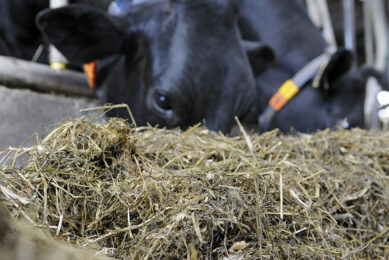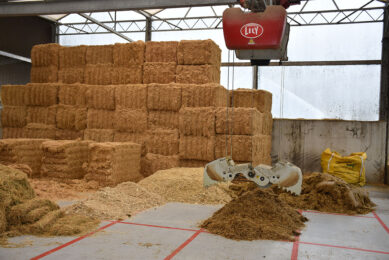Estonian probiotic gains EU approval
A lactic acid bacterium discovered by Estonian scientists has passed muster with the European Food Safety Authority, paving the way for use throughout the EU.
Estonia is notable for the probiotic bacteria in yogurt, but this particular strain, Lactobacillus plantarum NCIMB 30236, is used in animal feed to ferment silage.
Discovered by the Bio-Competence Centre for Healthy Dairy Products (TAK), it is one of the first microorganisms in the EU to be granted European Commission permission and entered in the registered list of feed additives.
The director of TAK, Ene Tammsaare, credited scientists from the University of Life Sciences, University of Tartu and the Estonian Research Institute of Agriculture, and the company Starter ST, who had done years of work.
"To this point Estonia has imported silage preservatives but now we have a domestic one with high export potential," she said.
The product could be marketed by next spring, said the chairman of the board of Starter ST, Üllas Jaaska.
The bacterium was isolated on southern Estonian grasslands. The lactic acid produced keeps harmful bacterial growth in check.
EFSA opinion
The bacterial species L. plantarum is considered by EFSA to be suitable for the Qualified Presumption of Safety approach.
Therefore, it does not require any specific demonstration of safety other than confirming the absence of any determinants of resistance to antibiotics of human and veterinary clinical significance and the safety for the user.
As the identity of the strain has been clearly established and as no antibiotic resistance was detected, the use of the strain in the production of silage is considered safe for livestock species, consumers of products from animals fed the treated silage and for the environment.
Once an active agent has been authorised as a silage additive, different formulations can be placed on the market with reference to that authorisation.
The applicant listed several cryoprotectants and carriers which would allow multiple formulations of the additive to be produced and consequently, not all forms can be directly tested for user safety.
However, for assessing the safety for the user of the additive, the active agent is the principal concern provided that other components do not introduce concerns.











